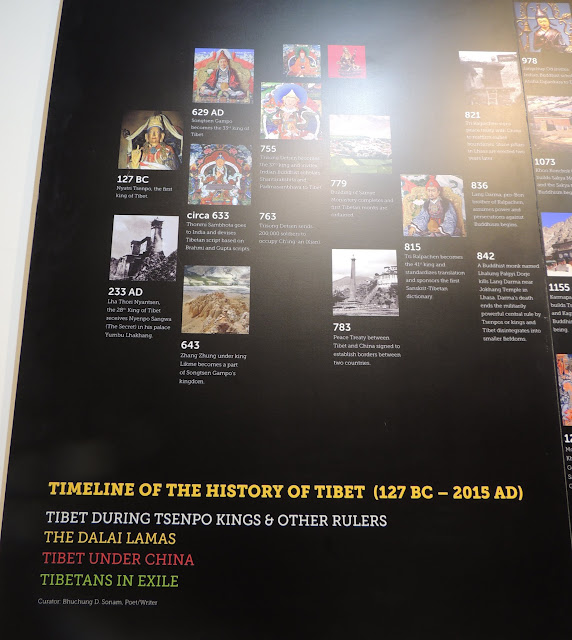The temple of Jagannath at Puri is one of the four most important temples across India. Sometimes called the Char Dham – Badrinath in the north, Rameswaram in the South, Dwarka in the west, and Puri in the east – these temples mark four corners of our country, and each of these temples has a connection to Adi Shankara. He is said to have travelled to each of them, thus marking a sacred geography of India, long before the country actually existed. Among these 4 temples, 3 are dedicated to Lord Vishnu, while only Rameswaram is dedicated to Lord Shiva, though the lingam there is said to have been installed by Rama. Further, Shankara set up Mutts at 3 of these sites (or very close to these sites, like at Badrinath, where the mutt is at Joshimutt), while the mutt in the south is at Sringeri in Karnataka, quite a distance away from Rameswaram. Coming back to the topic, I have visited Rameswaram most often, Badrinath during my childhood, and Dwaraka a few times, but Puri had stayed out of re...
McLeod
Ganj and Dharamsala are now synonymous with the Dalai Lama. Our knowledge about him or
Tibet was sketchy at best, which is why our highest priority during the Dharamsala trip was to see if we could learn
something more. Our first stop at McLeod Ganj was therefore, the Dalai Lama
temple and the Tibet Museum.
The
Dalai Lama wasn’t
in residence when we visited, and even if he had, a glimpse of him would only
be a matter of chance. Resigning ourselves, we instead spent the time wandering
around the monastery, remembering all that we had learnt about Tibetan Buddhism
at Sikkim. We were about to leave when the sounds of chanting began, and they
seemed to beckon us to stay. And stay, we did, through the prayer, simply
sitting down and breathing in the spiritual atmosphere all around us.
Inside
the temple, as
usual, it were the scrolls which I was most fascinated by, and the resemblance
of the deities to our Hindu ones.
Once outside, we made a beeline to the Tibet
Museum, right at the entrance. We had spotted it on our way in, but had decided
to head to the temple first. That turned out to be a good thing, because we
spent a lot more time at the museum than we had ever intended!
The
Tibet Museum,
as the name suggests, is all about Tibet. It chronicles the history of the
region, starting from ancient times, to the Chinese occupation, and the plight
of the state under Chinese Rule. It also tells us the story of the struggle
that is still going on, and those who have played important roles in it – from
the religious and spiritual heads, to those who gave up their lives to the cause.
The photographs – recent ones as well as rare ones from the archives – are eye
openers, at least to those of us who know so little about it.
This is
certainly one of the best museums I have visited. They not only have an excellent
exhibition going on, there is also a documentary running through the day. They hold
regular lectures based on Tibet and its issues, and also sell postcards of the
region at reasonable prices. Plus, this is one of the very few museums where
they have put up an excellent timeline of the history of Tibet. It makes events
stand out, and you actually get a good idea of events as they unfurled.
If
you plan to visit Dharamsala and McLeod Ganj, keep aside a few hours for the museum. I assure
you, its worth it!
Check
the website of the Tibet Museum, for more information. It is extremely
detailed and informative, just like the museum itself. I especially appreciate
the fact that they organize travelling exhibitions for schools and
institutions.
- Website: http://tibetmuseum.org/
- For Timings and other information: http://tibetmuseum.org/visit-the-museum/
This post is part of my series on my #summertrip 2015, and I hope to take you along with me as I recount stories from my month long trip, which took me across the country. To get an idea of all the places I visited, and what you can hope to read about, click here.
Related Posts:
Related Posts:
- The Himachal Series-







Yes, ma'am, Will do. Didn't know of its existence when I went there. I need to get my friend to explain why I was not informed about this on my trip.
ReplyDeleteIt is quite a recent museum, Usha. Plus its right there at the entrance of the Dalai Lama monastery. I dont think you would have missed it if it had been there then.
DeleteNice post.
ReplyDeleteThanks for sharing your wonderful experience with us. Loved your blog!